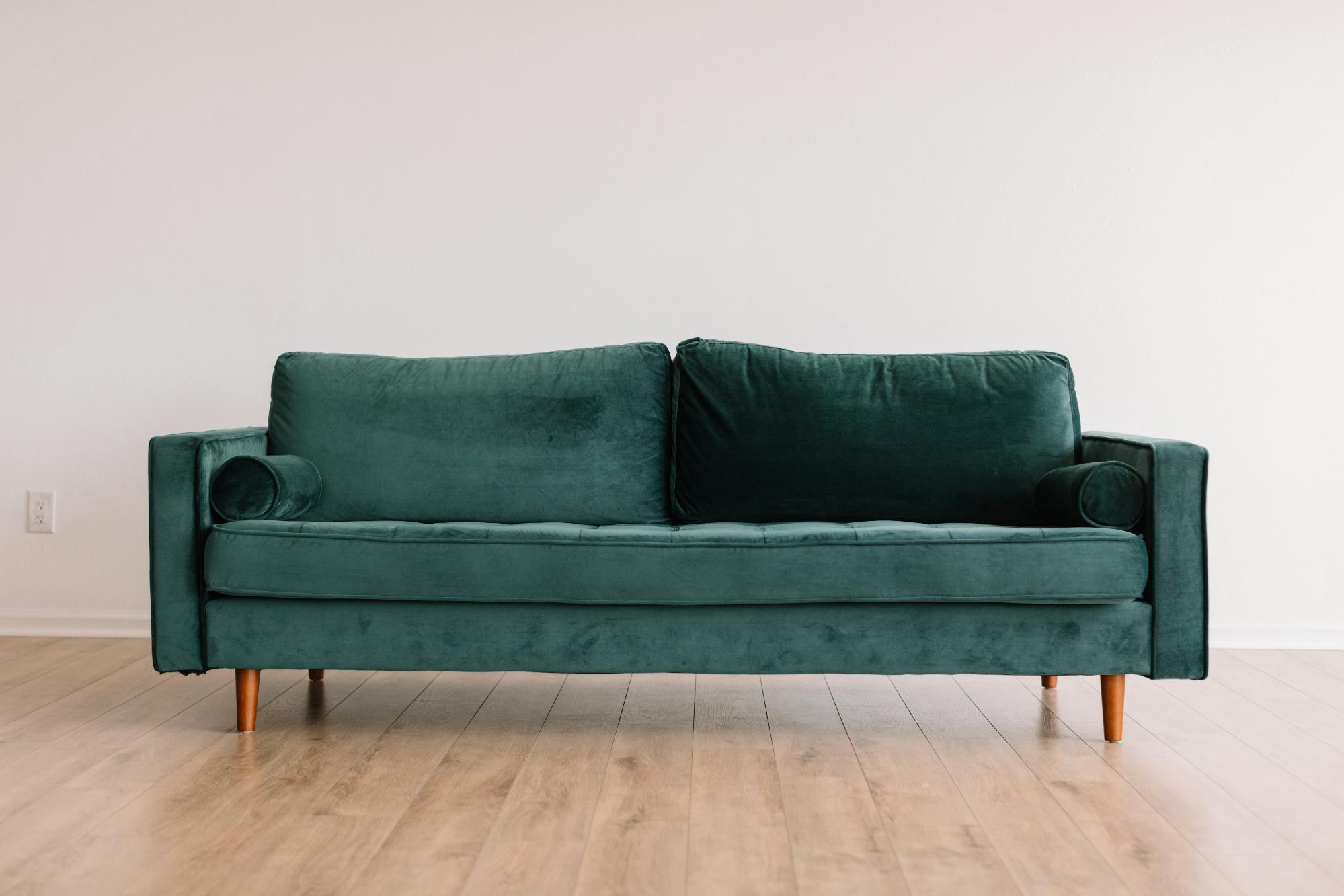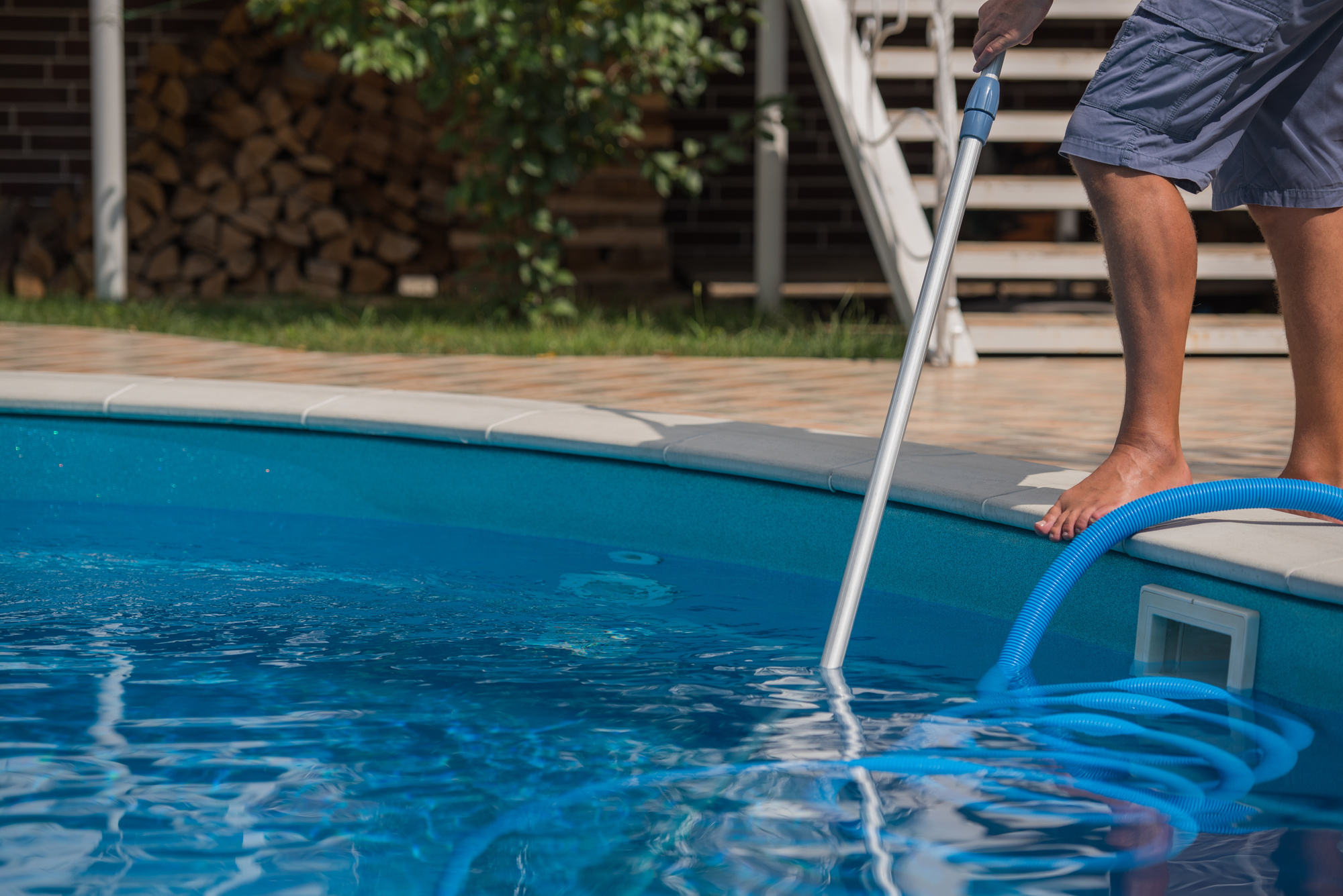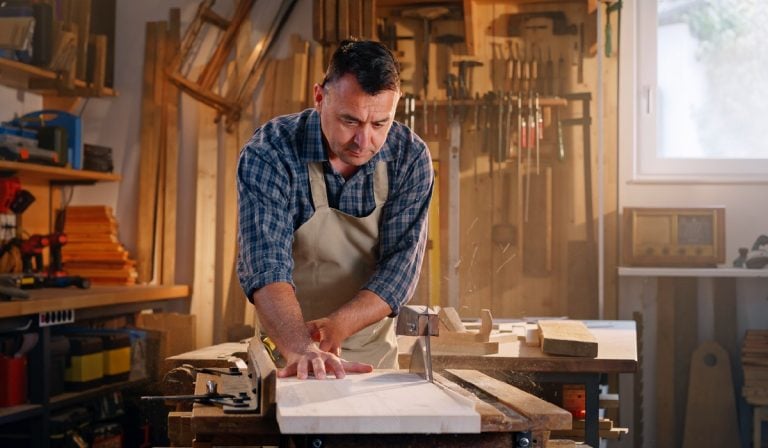Essential Tips for Moving Large Furniture Safely

Table of Contents
Moving large furniture can be a daunting task. Whether you’re relocating to a new home or just rearranging your current space, the process requires careful planning and execution to avoid damage to your belongings and, more importantly, to yourself.
This guide offers a blend of practical tips and innovative strategies for safely moving large furniture, making your next moving day a lot more manageable.
Enlist Help
Don’t attempt to move large, heavy furniture by yourself. Enlisting friends, family, or neighbors can make the process quicker and safer. If possible, designate a team leader to coordinate efforts and provide clear, consistent commands during the move.
For particularly awkward or heavy items like pianos, it’s advisable to seek specialized services. Using a Los Angeles piano mover can ensure that your valuable and delicate instruments are transported safely and securely.
Plan Ahead
 Proper planning is crucial. Assess the size and weight of each item and plan your route. Measure doorways, hallways, and staircases to ensure that large pieces can pass through easily.
Proper planning is crucial. Assess the size and weight of each item and plan your route. Measure doorways, hallways, and staircases to ensure that large pieces can pass through easily.
Identify potential obstacles and remove them beforehand. Make a detailed checklist and a timetable to keep track of your progress.
Get the Right Tools
Using the right tools can make the process much easier and safer. Consider renting or borrowing items like:
- Furniture sliders: These help move heavy items over carpets and floors without scratching them.
- Dollies: Hand trucks and four-wheeled furniture dollies can easily transport bulky items.
- Lifting straps: These distribute the weight more evenly and reduce the risk of injury.
Disassemble if Possible
Whenever possible, disassemble furniture to make it easier to move. Remove legs, detach cushions, and take apart any modular pieces. Keep hardware like screws and bolts in labeled plastic bags so you can easily reassemble everything once you’ve moved.
Secure Items During Transport
Once the furniture is loaded onto the moving vehicle, make sure everything is securely fastened. Use strong ropes or straps to tie down large items to prevent them from shifting or falling during transport.
It’s also a good idea to place heavier items at the bottom and lighter items on top to maintain balance and prevent damage.
Use Proper Lifting Techniques
 Injuries often occur when proper lifting techniques are not employed. Here are some key points to remember:
Injuries often occur when proper lifting techniques are not employed. Here are some key points to remember:
- Bend at your knees, not your waist, to leverage your leg muscles instead of your back.
- Keep the load close to your body to maintain better stability.
- Avoid twisting your body; instead, turn your whole body if you need to change direction.
- Lift with even weight distribution to prevent strain on any part of your body.
Consider Professional Movers
If the task seems overwhelming or if you have valuable, bulky, or delicate items, consider hiring professional movers.
They have the expertise, experience, and equipment necessary to relocate your furniture safely and efficiently. While it might be an additional cost, the peace of mind and reduced risk of damage can be well worth it.
Protect Your Furniture and Your Home
Wrap items in moving blankets or bubble wrap to protect them from scratches and dents. Use corner protectors on valuable or fragile pieces. Additionally, place protective coverings on floors, walls, and door frames to prevent damage to your home.
Post-Move Checklist
After you’ve moved the furniture, take a moment to inspect both your items and your home. Look for any damages that might have occurred during the move and address them promptly.
Also, verify that all parts and hardware have been recovered if you disassembled any furniture. This will make reassembling the items smoother and less stressful.
Take Breaks and Stay Hydrated
Moving is physically demanding work, so it’s important to listen to your body. Take regular breaks to rest and rehydrate. Pushing yourself too hard can lead to fatigue, increasing the risk of accidents and injuries.
Moving large furniture doesn’t have to be a stressful or dangerous task. With proper planning, the right tools, and adherence to safe lifting techniques, you can move your belongings with ease and efficiency.
Remember to enlist help, protect your furniture and home, and take care of yourself throughout the process. With these tips in mind, you’ll be well-prepared for a smooth and successful move.






